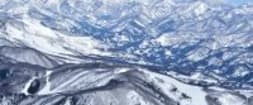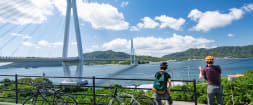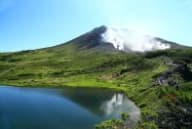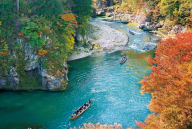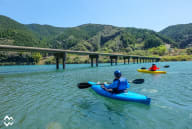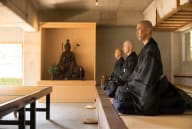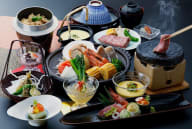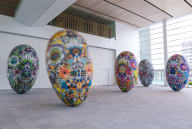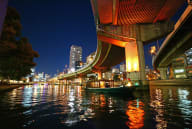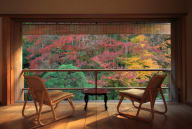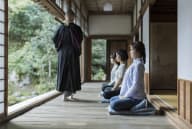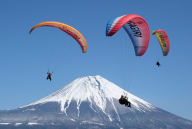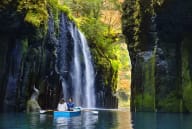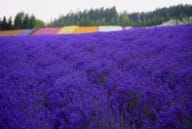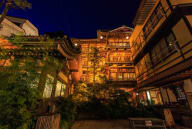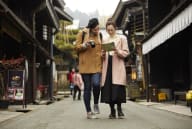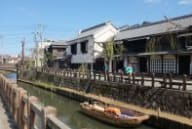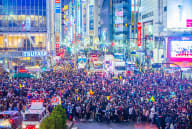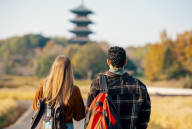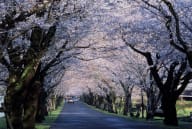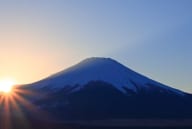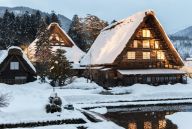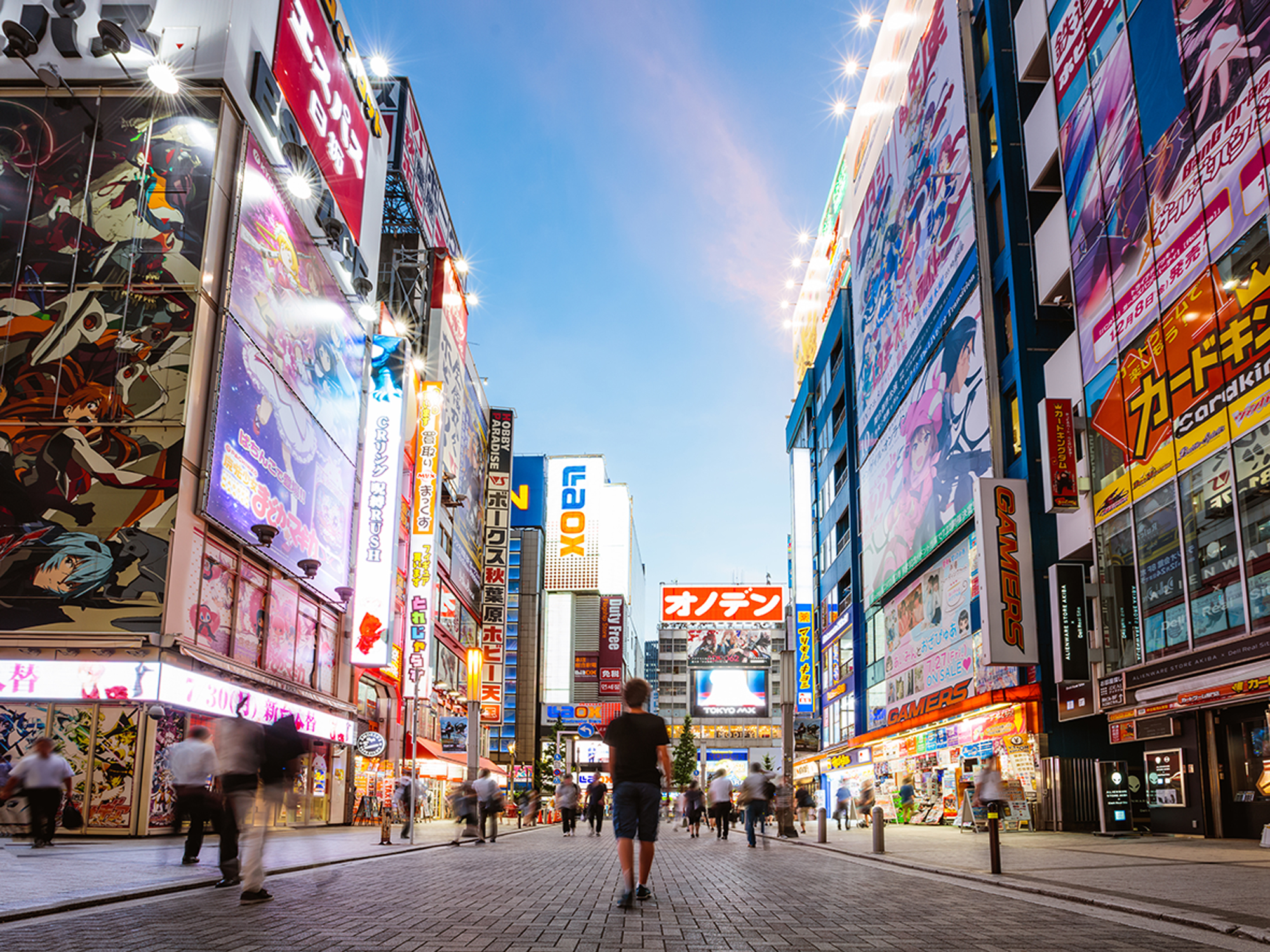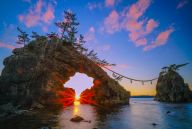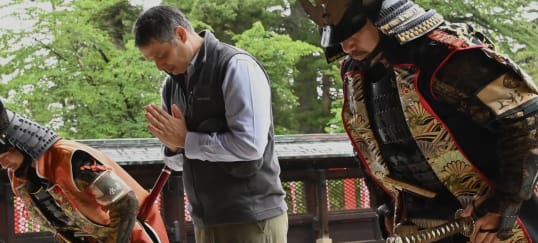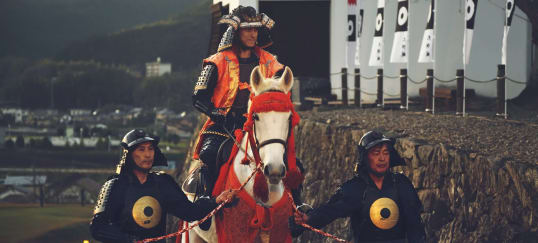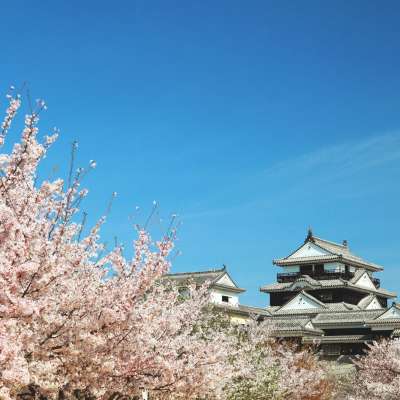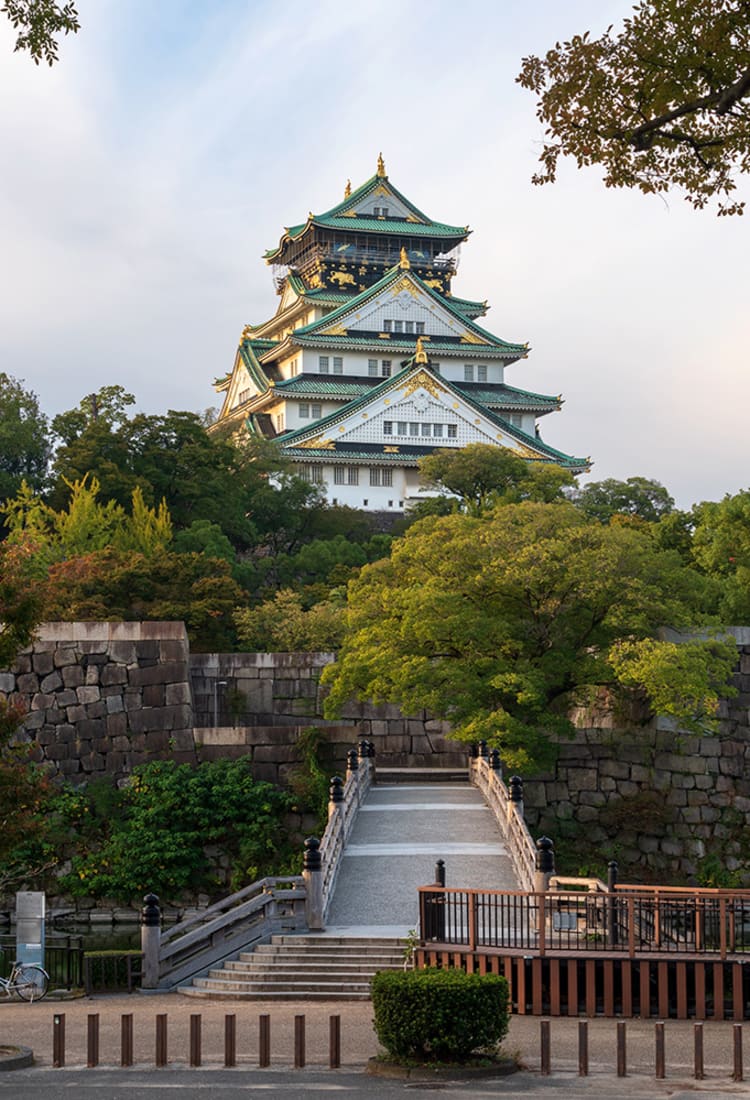
2025.07 Explore the Real Places Behind Shōgun and More! Literary-inspired Travel in Japan Join us as we explore the world of Shōgun and other popular novels set in Japan!
The 1975 historical novel Shōgun by James Clavell, on which the 2024 TV series of the same name is based, is a work of fiction that includes real historical persons and events. Although his name has been changed in the novel, an Englishman really did sail to 16th-century Japan and become a samurai in the service of a warlord who was intent on becoming Shogun, the country’s military governor. Not only that, but all the locales mentioned in the book are real places, and fans of the story can go there today and discover a side of Japan that they’ve most likely only read about. In this article, we’ll introduce a fascinating itinerary that will take you through the world of Shōgun and beyond.
Did Shōgun Happen at Osaka Castle? A Look at the Facts and History
In Clavell’s novel, Osaka Castle features prominently as the iconic backdrop for the political turmoil that followed the death of the fortification’s previous lord, Toyotomi Hideyoshi (the Taiko: his title in later life and his character’s title in the fictional retelling.) Beyond the book, Osaka Castle dates back to 1583, and it served as Toyotomi’s seat of power when he attempted to unify a fractured Japan after the emperor and the shogun lost political power in the 15th century. The taking of Osaka Castle was instrumental in Tokugawa Ieyasu (the fictional Toranaga Yoshii in the book) consolidating power and ultimately ending nearly 200 years of civil war.
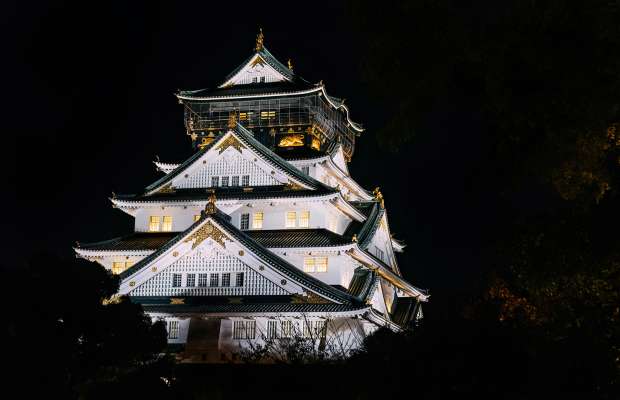
Today, Osaka Castle remains one of the most iconic historical destinations in Japan. The castle with its surrounding 106-hectare park offers visitors an immersive cultural experience that includes the pleasures of Japan’s four seasons (with cherry blossoms in spring and colorful foliage in autumn), traditional architecture, and curated exhibitions. Some of the castle turrets are original structures dating back hundreds of years, while the main keep is a reconstruction from 1931 and a Registered Tangible Cultural Property that today functions as a museum. Displays highlight the political, military, and architectural history of the region.
The Izu Peninsula and the First European Samurai
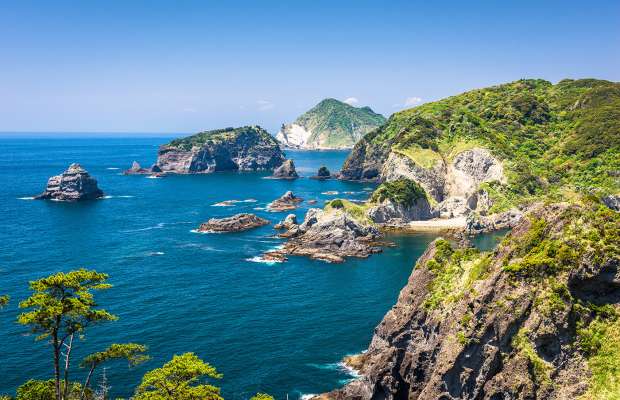
In Shōgun, Englishman John Blackthorne (based on the historical figure William Adams) arrives in Japan at the fictional Anjiro, based on the real-life Ajiro, a village on the eastern coast of the Izu Peninsula in Shizuoka Prefecture. Adams actually arrived in Japan on the island of Kyushu, over 850 kilometers away, but Izu’s proximity to Edo (modern-day Tokyo) made it a more convenient setting for the book’s narrative. Being able to walk in Blackthorne’s footsteps is not the only reason to visit the peninsula, though.
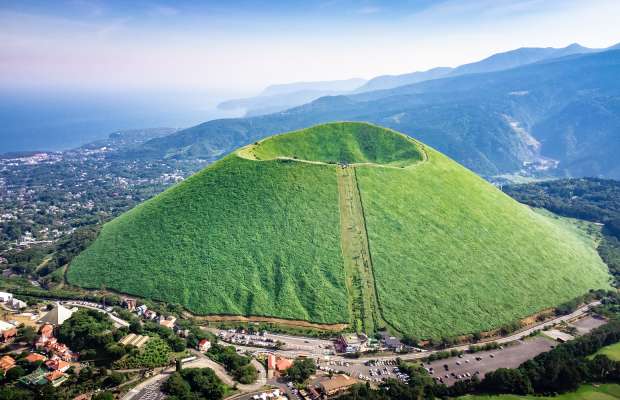
The Izu Peninsula, located forty minutes from Tokyo on the Shinkansen bullet train, is a UNESCO Global Geopark where visitors can explore many natural and cultural attractions like Mt. Omuro and the Hakone Hachiri section of the old Tokaido highway, which once connected Edo and Kyoto. Coastal towns in Izu are famous for their onsen (hot springs), fresh seafood, and panoramic views of Mt. Fuji. Inland areas are rich in nature with scenic hiking trails lined with cedars, which were planted around the time William Adams lived in Japan.
The Historic Battlefield of Sekigahara Shaped Shogun-Era Japan

The Shōgun narrative ends after the Battle of Sekigahara, during which Toranaga (the real-life Tokugawa Ieyasu) defeated his archnemesis Ishido (the real-life warlord Ishida Mitsunari) and cemented his rule over Japan. Fought on October 21, 1600, in present-day Gifu Prefecture, the actual battle between Ieyasu and clans loyal to the Toyotomi was the largest in the history of feudal Japan
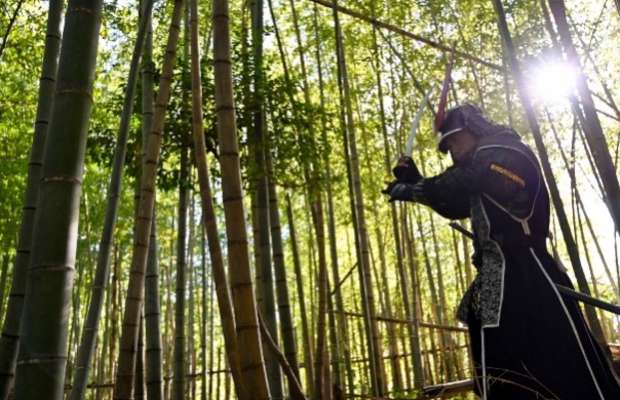
Today, Sekigahara is a tranquil town that preserves the legacy of this decisive clash. A large portion of the battlefield has walkable routes that take visitors through preserved encampment sites enhanced with immersive displays. In addition, the Gifu Sekigahara Battlefield Memorial Museum provides multilingual exhibitions that highlight the importance of the battle in the broader context of Japan’s political history.
Journey into Japanese Literature

Fans of Japanese literature fortunately have more destinations to explore than just those connected to Shōgun. In Haruki Murakami’s novel 1Q84 (2009), the Tokyo neighborhood of Koenji serves as an important spot from which the main characters navigate a parallel existence. Real-life Koenji is known for its underground, bohemian culture, vintage shops, live-music venues, and lively bar scene. It’s also where the dance festival Koenji Awa Odori takes place. Held since 1957 on the last weekend of August, it attracts over a million visitors annually and involves 12,000 dancers. Outside of big celebrations, Koenji is a great place to find authentic Japanese street culture and to shop for unique fashion.

A completely different atmosphere can be found in the Gion district of Kyoto, the primary setting for Arthur Golden’s Memoirs of a Geisha (1997). Taking place in the early 20th century, this novel highlights Gion’s traditional geisha teahouses and the neighborhood’s historic significance. Established during the late 14th century around Yasaka-jinja Shrine, Gion remains a center for Japan’s traditional arts, including dance, music, and tea ceremony. Visitors can wander along cobblestone streets, attend geisha performances, and discover historic architecture like Kennin-ji temple, the oldest Zen temple in Kyoto, dating back to 1202 and located just south of Gion.
An Itinerary in Every Book

Natsume Soseki’s novel Kokoro (1914) is a psychological examination of modernity and human relationships, and it has come to inspire readers to visit Kamakura City, in Kanagawa Prefecture, where one of the main characters famously enjoys swimming. These visitors might be interested in Kamakura’s Yuigahama Beach, a popular leisure destination that attracts tourists and locals alike. Kamakura is the old samurai capital of Japan, full of tangible history like the Great Buddha of Kamakura, a National Treasure dating back to 1252.
Every story set in Japan can lead to a new adventure. A visit to any place becomes much more meaningful if that place is the setting of a favorite book.
Related Links
Osaka Castle Park Official Site |
Visit Gifu - Sekigahara | Gifu Prefecture Tourism Federation Website |
Explore Izu |
Koenji |
|
https://www.gotokyo.org/en/destinations/western-tokyo/koenji/index.html |
Kamakura Guide |












